
OR
#Editorial
Focus on strengthening internal production capacity to reduce trade deficit
Published On: January 22, 2024 07:30 AM NPT By: Republica | @RepublicaNepal
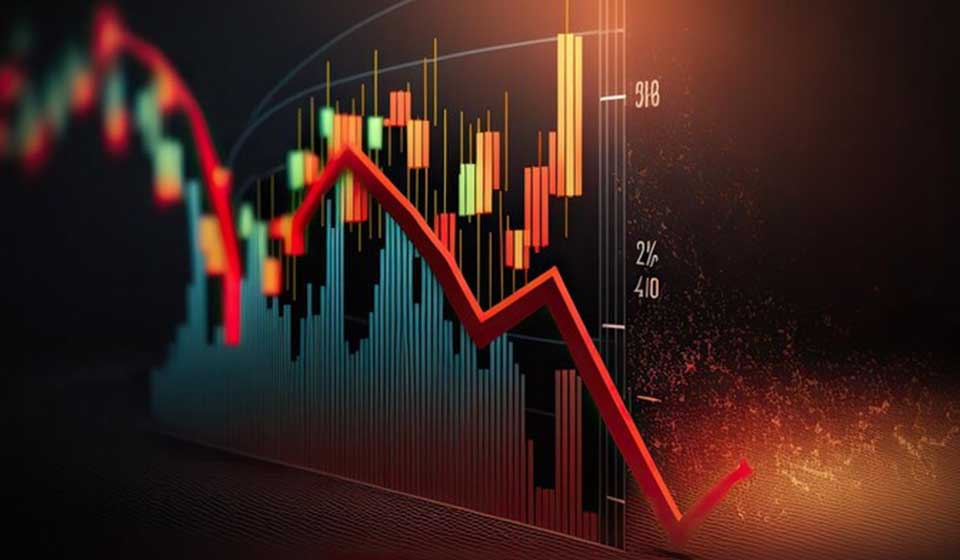
Nepal’s earnings from exports stood only one-tenth of its import expenses in the first half of the current fiscal year. The statistics unveiled by the Department of Customs (DoC) on Sunday showed that the landlocked country made export earnings of just Rs 74.96 billion compared to its import expense of Rs 768.16 billion during mid-July and mid January this year. The ratio of imports to exports stood at 10.25 percent, which means that Nepal spent Rs 10.25 on imports for every export earning of Re 1. According to the DoC, the country’s trade deficit however fell 2.62 percent in the review period due to a notable fall in imports amid a small figure of export earnings. In the first half of the current fiscal year, the country witnessed a trade deficit of Rs 693.19 billion. While export earnings declined 7.23 percent, import expenses fell 3.09 percent in the first half of the current fiscal year compared to the same period of last year. In the review period, Nepal had a trade deficit of Rs 424.44 billion alone with India. This highlights the need to make sincere efforts to increase domestic productions both to substitute imports and pave the way for exporting the surplus production.
It is sad to note that Nepal's trade deficit is increasing steadily in recent years. The fact that Nepal purchased goods worth Rs 474.89 billion from India while the country sold its products of Rs 50.44 billion to its southern neighbor speaks volumes about the sorry state of affairs of Nepal's trade. China, the United Arab Emirates, Ukraine and Malaysia were among the countries that Nepal witnessed the highest trade deficit in a row. Nepal had a negative trade balance of Rs 145.79 billion with China, Rs 12.26 billion with the UAE, Rs 9.96 billion with Ukraine and Rs 8.60 billion with Malaysia. The country witnessed the highest positive trade balance of Rs 703.6 million with the USA. In the review period this year, the largest spending was made to purchase petroleum products. Nepal imported diesel worth Rs 66.49 billion, petrol worth Rs 33.91 billion and cooking gas worth Rs 25.45 billion. However, the exports of cement and cement clinkers rose by a whopping amount during the period, with Nepal exporting these goods worth Rs 1.76 billion. The amount was bigger than the export value of the entire period of the last fiscal year. In 2022/23, Nepal exported these construction materials of Rs 779.3 million.
Nepal must take urgent measures to increase domestic productions to reduce the widening trade deficit. While the government can take measures to increase the uptake of electric vehicles to reduce the import of petroleum products, it is also important to boost domestic agricultural products. A net exporter of agricultural products until a decade ago, Nepal has become one of the biggest importers of agricultural products from India. The government should take appropriate policy measures to encourage more people into farming so that a large chunk of the import of agricultural products can be substituted. It is also equally important to take measures to improve the business environment so that more foreign direct investment can be brought in Nepal to strengthen the country's industrial base. Among other things, this requires reducing bureaucratic red tape, improving necessary infrastructures and offering tax incentives. In the short-term, hydropower and agriculture offer the best hope for Nepal. All our efforts should be directed to harnessing these potentials for now.
You May Like This
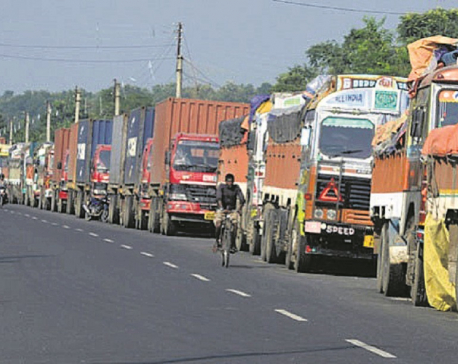
Nepal imports goods worth Rs 1.25 billion in single month as economic activities start rebounding
KATHMANDU, March 22: Imports have risen as economic activities, which slowed down due to COVID-19, have resumed in the country.... Read More...
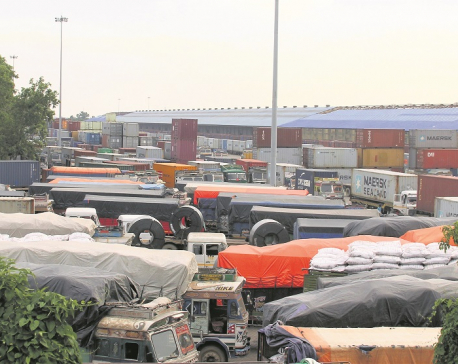
Trade deficit shrinks 9%to Rs 414 billion in four months
KATHMANDU, Nov 30: Trade deficit of the country shrunk by 8.9% in the first four months of the current fiscal year... Read More...
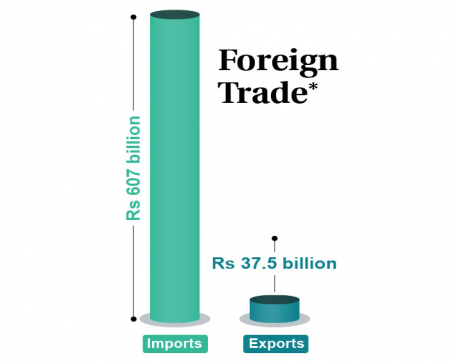
Trade deficit balloons to Rs 569 billion in first five months
KATHMANDU, Dec 28: Nepal's trade deficit widened by 36.11 percent to Rs 569.49 billion in the first five months of the... Read More...

Just In
- President Paudel issues ordinance related to facilitation of investment
- Hearing on Cricketer Lamichhane’s appeal today
- Nepal Investment Summit (live)
- Clear Policies Set to Boost American Investment in Nepal: US Ambassador Thompson
- Second T-20 series: Nepal loses toss, set to go for fielding first
- Nepal Investment Summit 2024 and Victor Hugo Moments for Reforms
- Kathmandu continues to top the chart of world’s most polluted cities
- 3rd Investment Summit: Govt seeking letters of intent for 20 projects






-1200x560-wm_20240427144118.jpg)




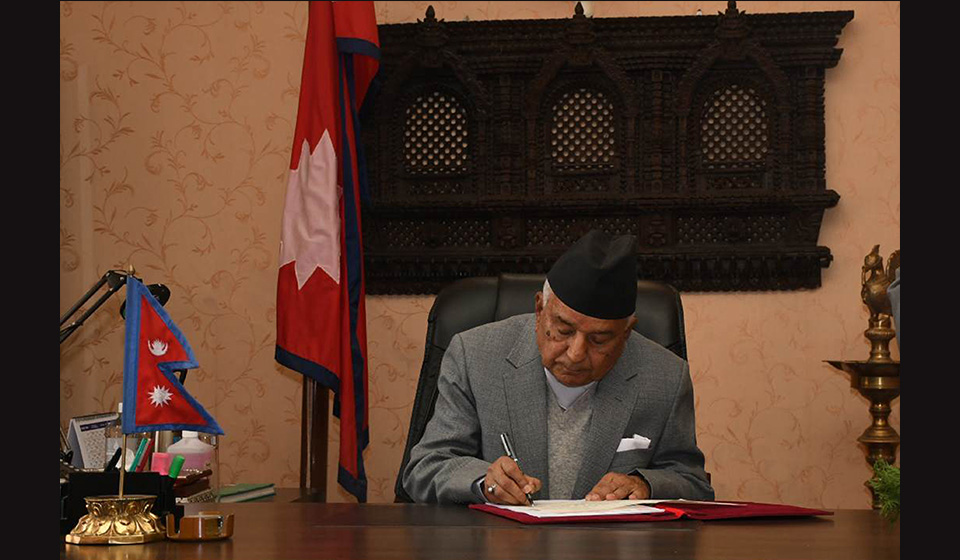




Leave A Comment